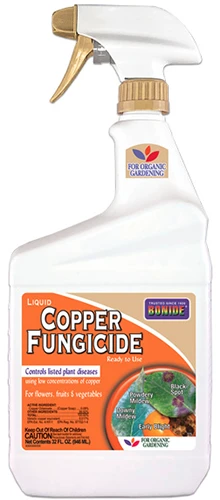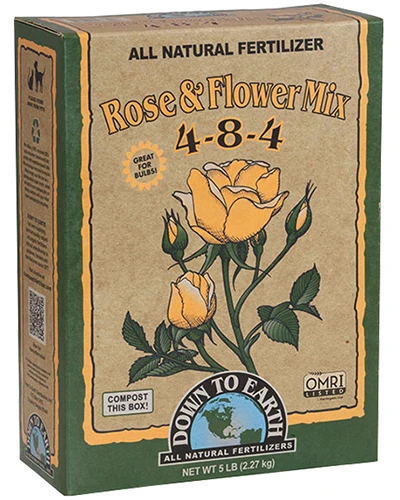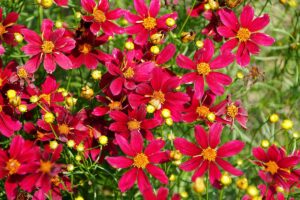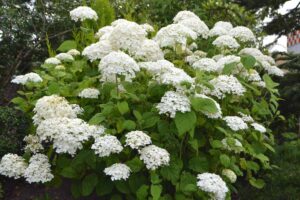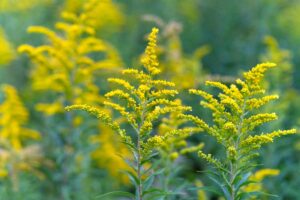Hellebores have become extremely popular in recent years, and I totally get it.
They’re tough, require little maintenance, and provide some much-needed color during a pretty bland time of year.
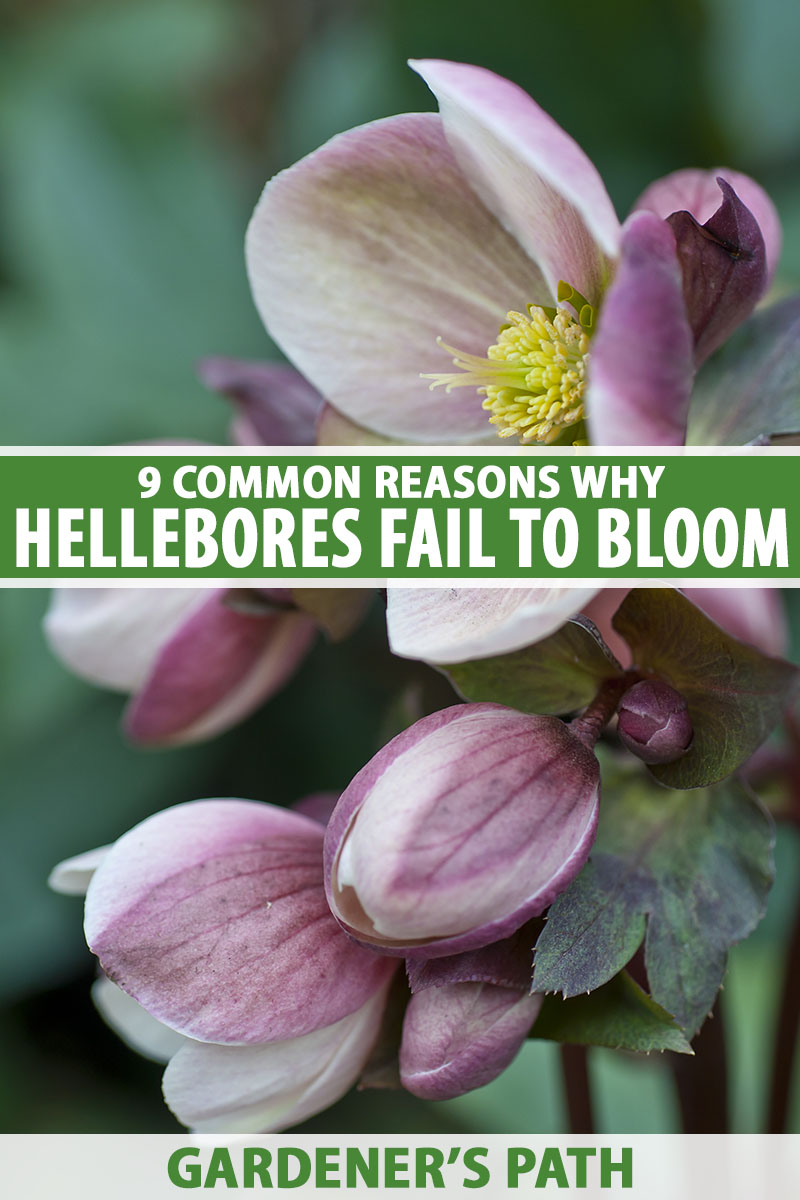
We link to vendors to help you find relevant products. If you buy from one of our links, we may earn a commission.
I’ve seen some pretty stunning cultivars with variegated leaves that are worth growing for the foliage alone.
But let’s be real, the most significant part of why we love these plants is those blossoms.
There are diseases and environmental problems that can cause your Lenten roses to fail to bloom, even if the rest of the plant looks perfectly happy.
Whether it’s a simple case of transplant shock or a serious problem with a pathogen, Lenten roses that refuse to bloom are suffering from some kind of problem.
Coming up, we’ll discuss nine of the most common issues and how to deal with them.
Hellebores Won’t Bloom: 9 Common Causes
Depending on the species and your location, plants in the Helleborus genus may bloom any time from December to April.
If it’s currently July, gardeners shouldn’t be troubled by a bare plant.
But when February rolls around and nothing is happening, it may be time to start doing some troubleshooting.
Here are the top things to consider:
1. Age
Some hellebores won’t bloom in the first year or two after you buy and transplant them because they’re still too young to produce flowers.
You might not see blossoms until the next year, or even the year after that.
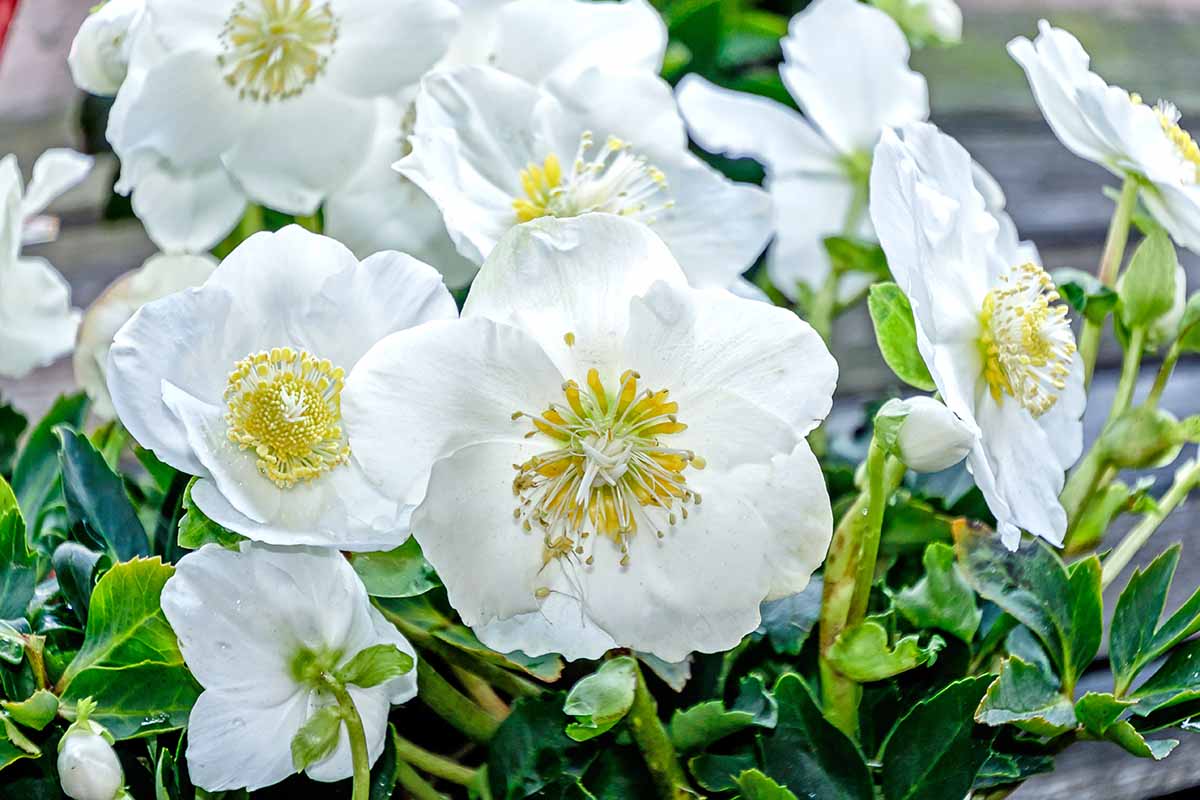
If you just purchased your Lenten rose and it looks healthy otherwise, let it do its thing and try to be patient.
If you propagate hellebores from seed, it can take even longer. Expect up to four years from seed sowing.
However, if the plant was blooming when you bought it, it’s old enough to produce blossoms. Something else is probably going on.
2. Downy Mildew
Downy mildew on hellebores is caused by a water mold known as Peronospora pulveracea. It typically causes black or brown spots and fuzzy gray splotches to appear on the leaves.
Now and then, it might progress to the point where it causes the stems to collapse, the flowers to fall off the plant, or the buds to shrivel and die. It’s this last symptom that can cause your plant not to blossom.
The buds are the tiny growths at the end of the stems that will eventually open to reveal those lovely Lenten roses that we’re after. But if they shrivel up and fall off, there won’t be any flowers.
If the buds are already dying, your Lenten rose is past the point of the less invasive control method of pruning off infected areas, and it’s time to break out the big guns: fungicides.
Copper fungicide, to be specific.
Copper is an effective solution for controlling many plant-killing pathogens, so it’s worth keeping some on hand.
Bonide Liquid Copper Fungicide
Bonide sells 32-ounce ready-to-use, 16- or 32-ounce hose end, and 16-ounce concentrate containers, all available at Arbico Organics.
Spray the plant thoroughly, taking care to cover the tops and undersides of the foliage. Do this every two weeks until the symptoms disappear.
Learn more about troubleshooting disease in hellebores in our guide.
3. Forced Blooming
When you buy a hellebore that is blooming outside of its normal flowering season – such as during the summertime – it’s probably because the plant was given hormones or chemicals to make it bloom at a time when it normally wouldn’t.
And then the plant doesn’t bloom when the regular flowering season arrives.
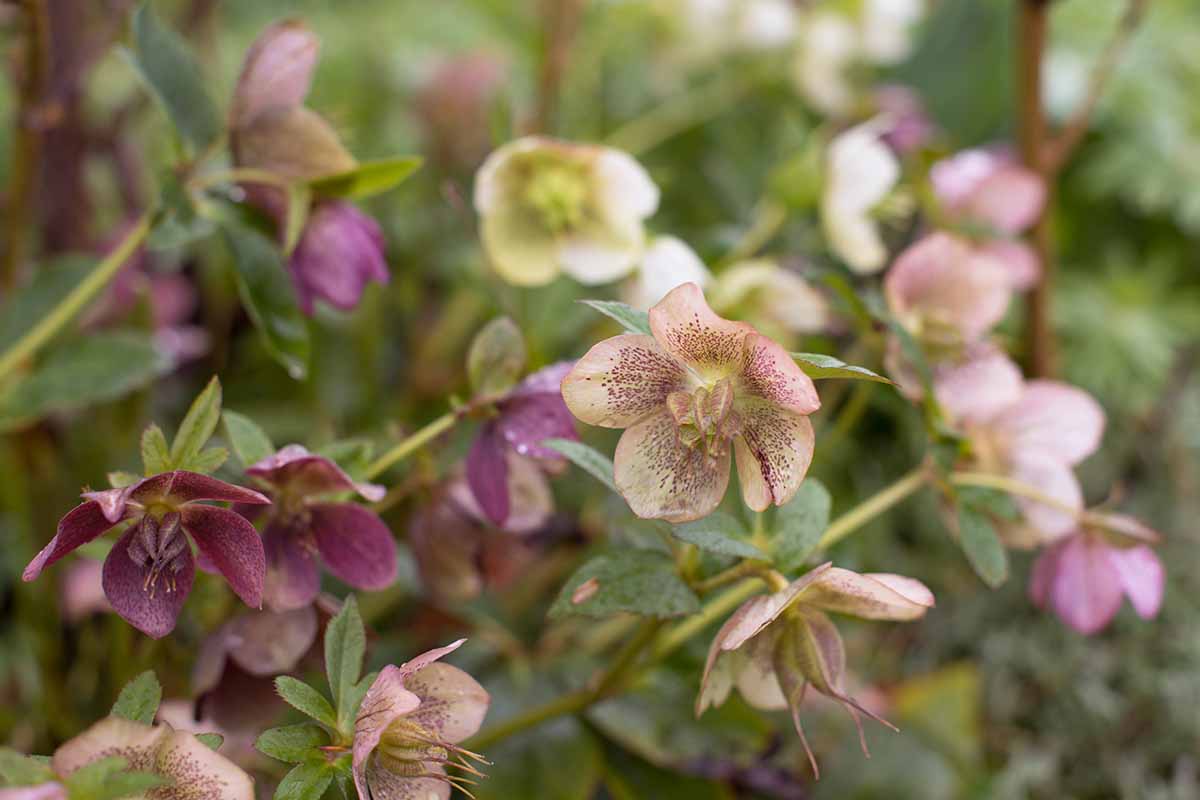
In that case, you don’t need to do anything. It will probably bloom on schedule the following year, once it’s had time to recover.
4. Lack of Food
All plants need sun, water, and nutrients. If you have the other two elements covered, the problem might be related to fertilizer.
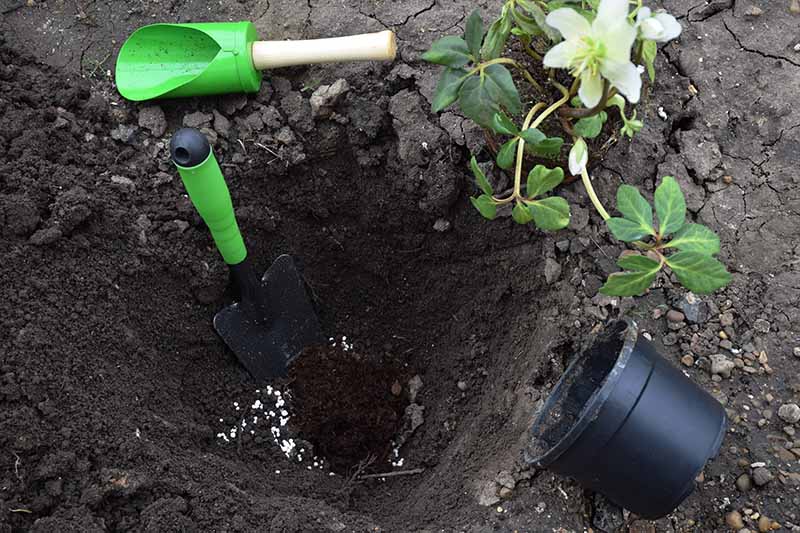
Hellebores aren’t greedy. They’re usually happy with a side dressing of compost in the spring.
But if you aren’t seeing blossoms, try feeding your Lenten rose in March with a fertilizer made for flowering plants, and apply it again in September.
Follow the manufacturer’s directions for application.
Typically, hellebores only need food in the spring, but if the soil is deficient enough to prevent the plant from flowering, you should give it a second feeding in the late summer as well.
When asked for a recommendation, I always sing the praises of Down to Earth’s Rose & Flower fertilizer.
Down to Earth Rose & Flower Fertilizer
It has the best mixture of nutrients for flowering plants and it comes in a compostable box, so you can give back to your garden down the road.
Buy a one-, five-, or 15-pound container at Arbico Organics.
5. Not Enough Light
Even though hellebores thrive in partial or dappled shade, full, deep shade will likely result in plants that are devoid of blooms.
This might be the case even if yours has been blooming just fine for years.
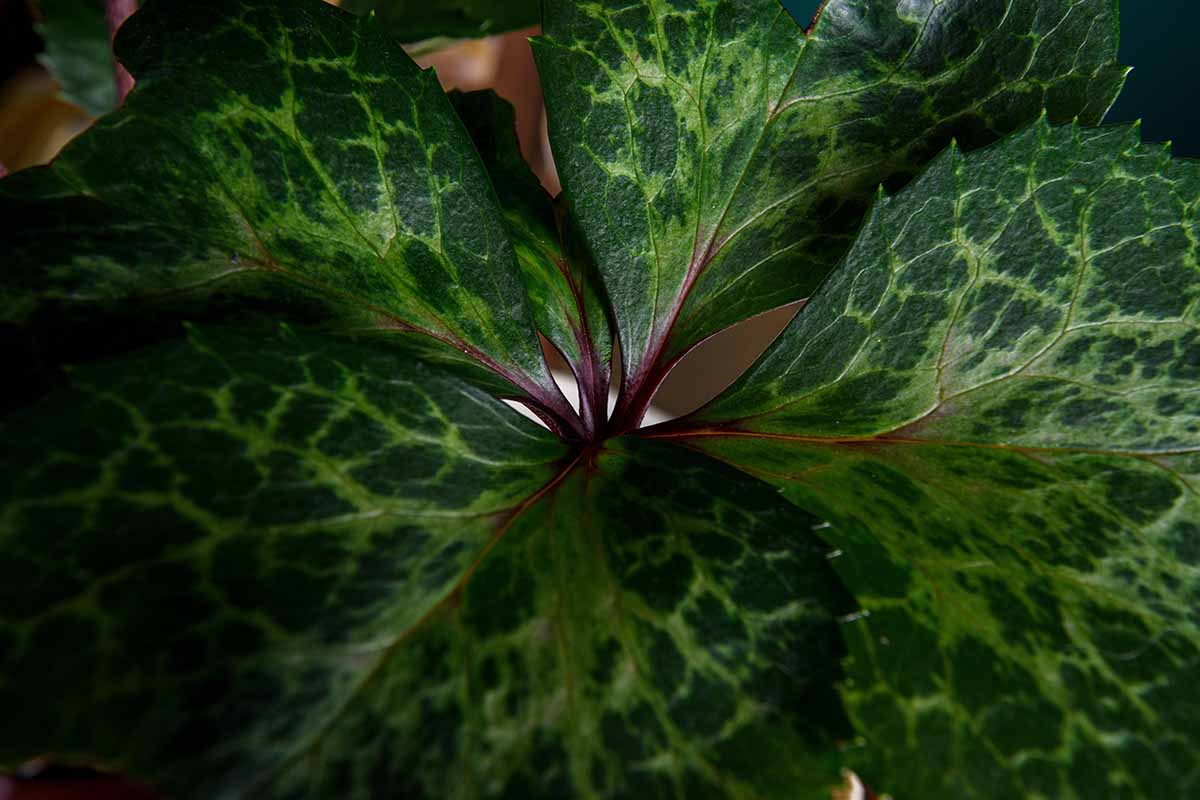
You might have planted in the perfect spot initially, but conditions change over the years. Trees become larger and fill out, new fences are erected, the plant gets knocked off its axis by a meteor…
Okay, maybe not the last one, we hope.
The light also changes with the seasons, and gardeners often don’t realize how much the sun shifts in the winter.
While it might have been perfectly sunny in a given spot during the summer, the low winter sun might not reach your plants over a fence or evergreen hedge for many hours of the day, or possibly at all.
Keep an eye on your Lenten rose for a few days to see how much light it’s receiving. If it doesn’t have at least dappled sun exposure throughout the day or several hours of direct light, it’s probably too shady.
The solution is to either prune away whatever is blocking the light, if possible, or move the plant. Find tips in our guide to dividing and transplanting hellebores.
6. Planting Too Deep
If you planted your hellebores too deep, this may also lead to a lack of flowers.
But don’t assume this isn’t the problem if your plant bloomed the same year you planted it, or even the year after you planted it.
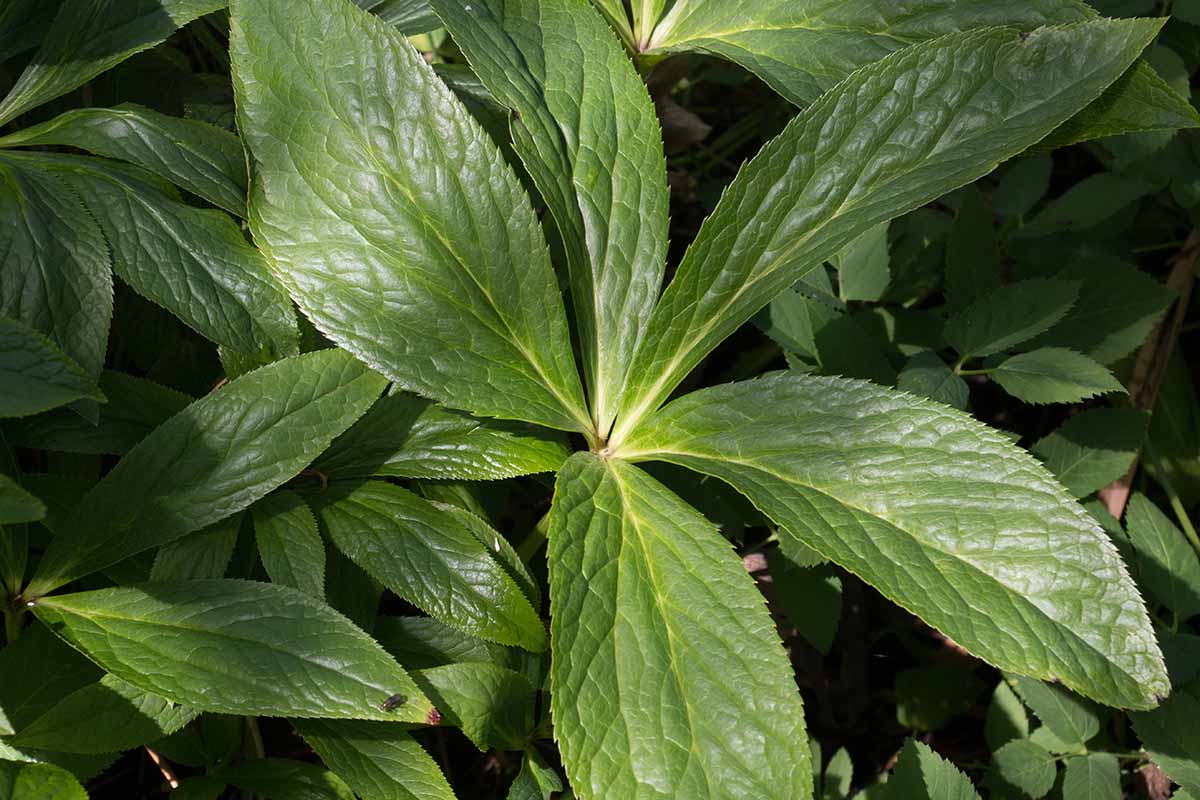
It might have had enough energy stored up to produce blossoms despite its surroundings.
If the crown (the part where the roots and stem meet) is completely buried, your plant is positioned too deep. The crown should be just barely covered with soil.
Note that if you add compost or soil to your garden each year, you might also inadvertently bury the crown over time. Try to avoid this!
You have the option to dig the plant up and reseat it or you can brush away accumulated soil from above the crown.
7. Rootbound Plantings
Rootbound plants aren’t able to access the food and oxygen they need to thrive.
If you just purchased a plant and found when you took it out of its container that it was extremely rootbound, that might be the reason why it isn’t blooming.
Or if you’re growing in a container and haven’t upgraded the pot size in several years, the roots might be too crowded.
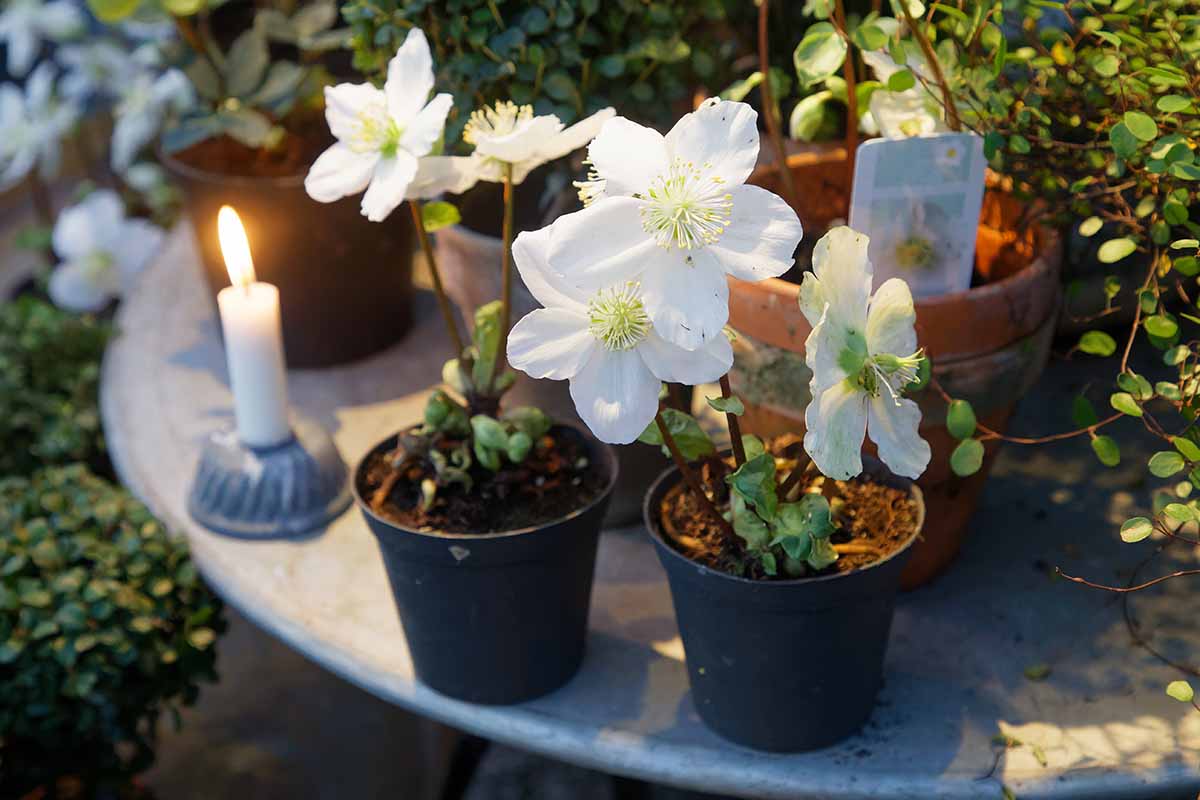
It might not start flowering again until more room becomes available.
If you’ve just transplanted a new start or division into the ground, it will acclimate to its new growing environment naturally.
But if you haven’t repotted your plant and it seems a bit confined, get on it! Move the plant to a pot one size larger and be sure to avoid burying the crown too deep.
When you transplant, make sure to carefully loosen up the root ball. A plant that is rootbound will have a hard time spreading its roots out unless you give it a little assistance.
8. Transplant Shock
Imagine someone grabbed you out of your bed while you were sleeping comfortably and tossed you into a foreign environment.
You’d probably need a second to get your bearings before you’d feel like your usual fabulous self again. Plants are like that, too.

Sometimes Lenten roses will hold back on the blossoms the year after being transplanted. This is especially true if the foliage or roots were trimmed back or broken during the process.
The solution, as is so often the case, is just to let time do its thing. As long as it’s happy where it’s planted, your hellebore will eventually reacclimate, produce buds, and bloom.
9. Watering Issues
Most plants will struggle if you water them too much or too little, and sometimes the blossoms are the first thing to go.
These plants need consistently moist soil that doesn’t ever dry out completely.
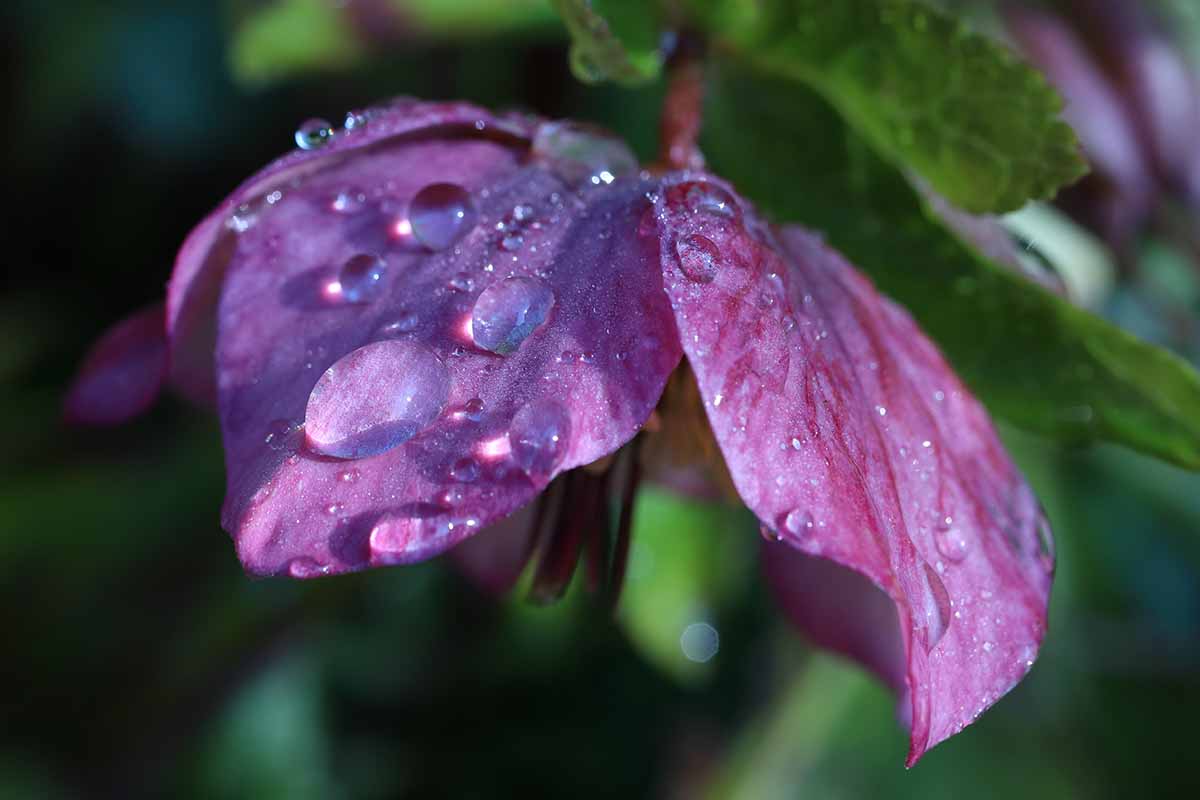
It shouldn’t be soggy at any time of year, but particularly during the spring, summer, or fall. And they need less supplemental water during the winter than they do at other times of year.
Of course, a brief period of wetness or dryness is no big deal, but chronic watering problems will stunt or prevent new growth and flowering.
If you had a ton of rain this year or perhaps you forgot to irrigate during the summer, your plant will likely need a year of appropriate, consistent watering to recover before it will start flowering again.
Plants that are growing in soil with poor drainage will likely never recover unless you amend the soil to improve the drainage conditions.
What the Hellebore Is Going On?!
Winter can be a challenging time for the flower lover. Nearly everything is dormant and the garden can be a pretty dreary place.
I think that’s why some of us are so crazy about hellebores – they’re like a ray of sunshine that appears to brighten lackluster landscapes.
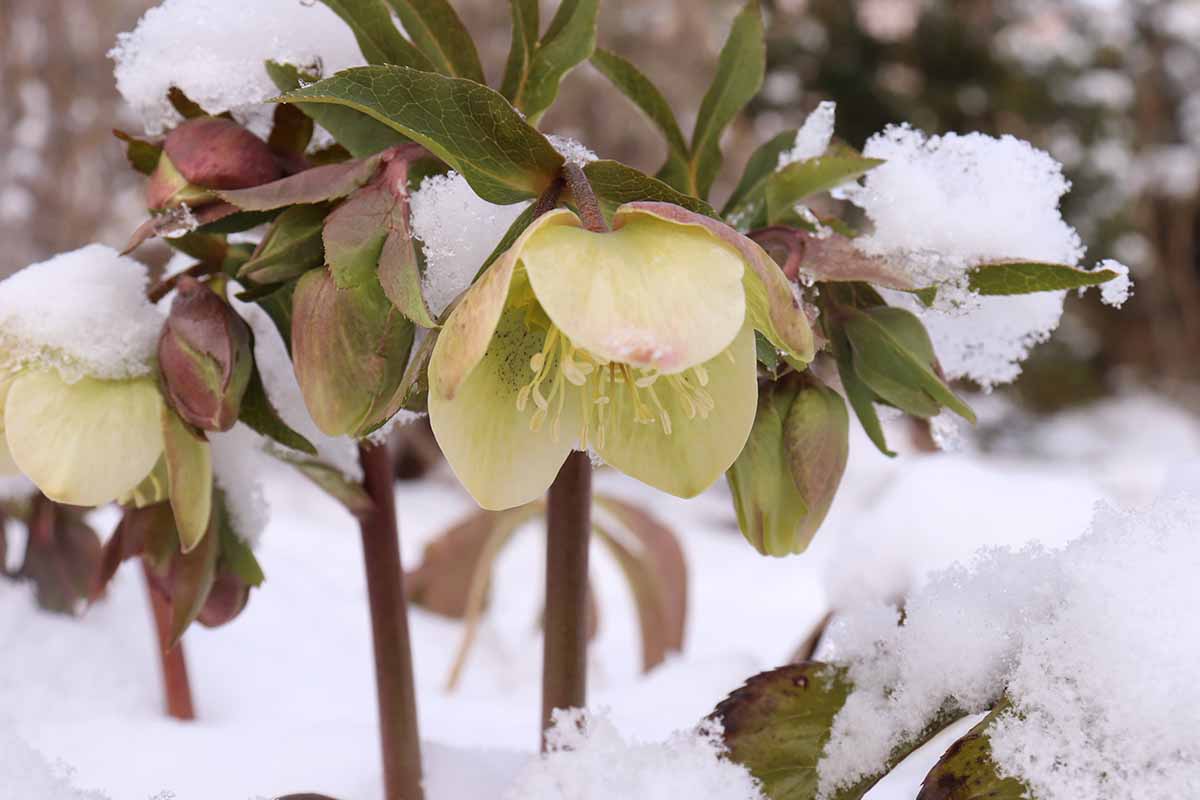
If you found your plants weren’t forming flowers this year, I hope this guide helped you sort out the cause. Troubleshooting can be a multi-step process, but the results are so worth it.
Did you get to the bottom of the case of the missing blooms? Be sure to come back and let us know the reason for your problem and how you fixed it by leaving a message in the comments section below, and let us know if you have any questions we can help with as well.
While you’re at it, you might be interested in reading a few other guides to Lenten roses, starting with:
